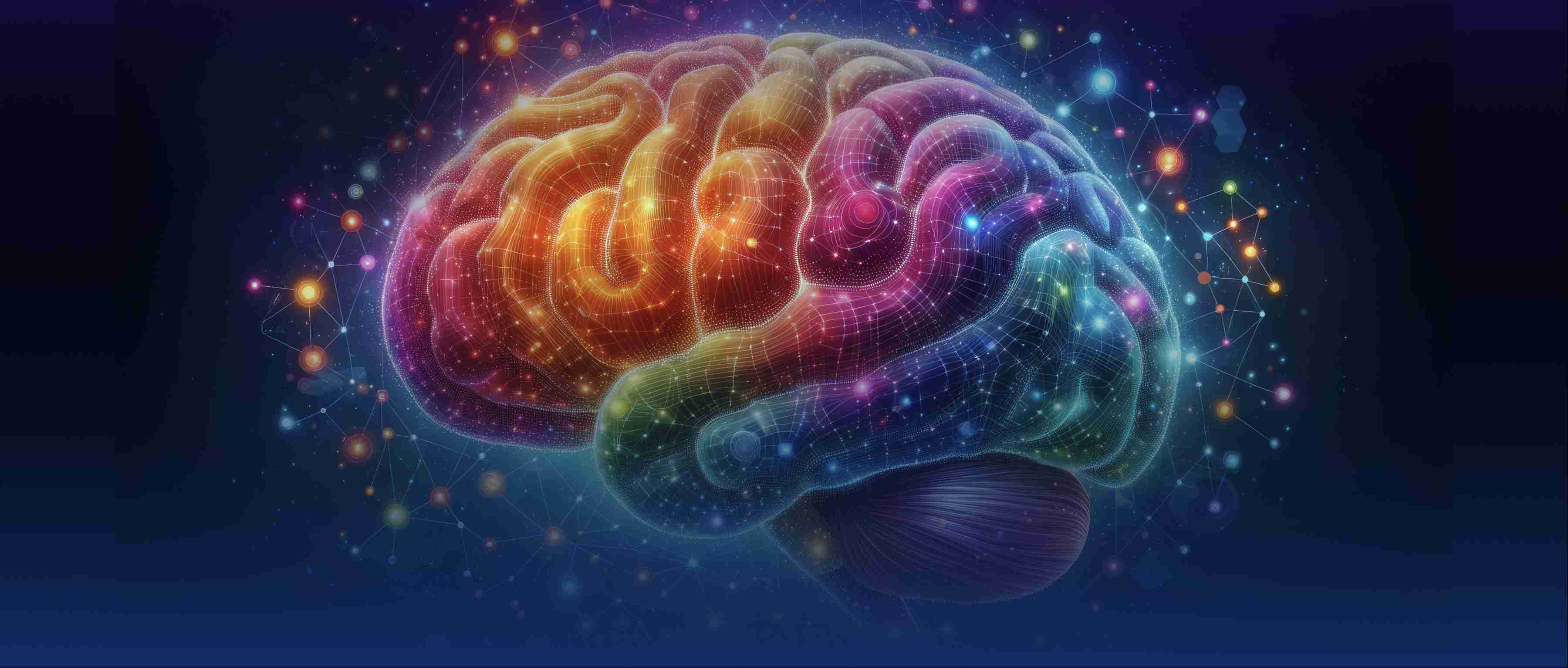Yes, computer vision is a subfield of artificial intelligence (AI) that enables machines to interpret and process visual information from the world. AI encompasses various domains, including natural language processing, robotics, and computer vision. In computer vision, AI techniques are used to analyze images and videos for tasks like object detection, face recognition, and image segmentation. Computer vision often employs machine learning and deep learning models, which are branches of AI. These models learn patterns from visual data and make predictions or decisions. For example, convolutional neural networks (CNNs) are commonly used in tasks like image classification and object detection. Computer vision applications extend across industries, from autonomous vehicles using AI-powered vision systems for navigation to medical imaging systems detecting diseases from X-rays or MRIs. While computer vision relies heavily on AI techniques, it also involves other disciplines like image processing and mathematics. Its integration with AI makes it a vital part of modern technological advancements.
Is computer vision a form of artificial intelligence?

- Natural Language Processing (NLP) Basics
- Exploring Vector Database Use Cases
- Vector Database 101: Everything You Need to Know
- Advanced Techniques in Vector Database Management
- The Definitive Guide to Building RAG Apps with LlamaIndex
- All learn series →
Recommended AI Learn Series
VectorDB for GenAI Apps
Zilliz Cloud is a managed vector database perfect for building GenAI applications.
Try Zilliz Cloud for FreeKeep Reading
How does federated learning handle data drift?
Federated learning handles data drift through a combination of model updates, personalized learning, and regular retrain
Does OpenAI offer an AI-powered search engine?
OpenAI does not offer a standalone AI-powered search engine like Google or Bing. Instead, OpenAI focuses on creating pow
How does query expansion improve search results?
Query expansion improves search results by automatically broadening or refining the original query to include additional